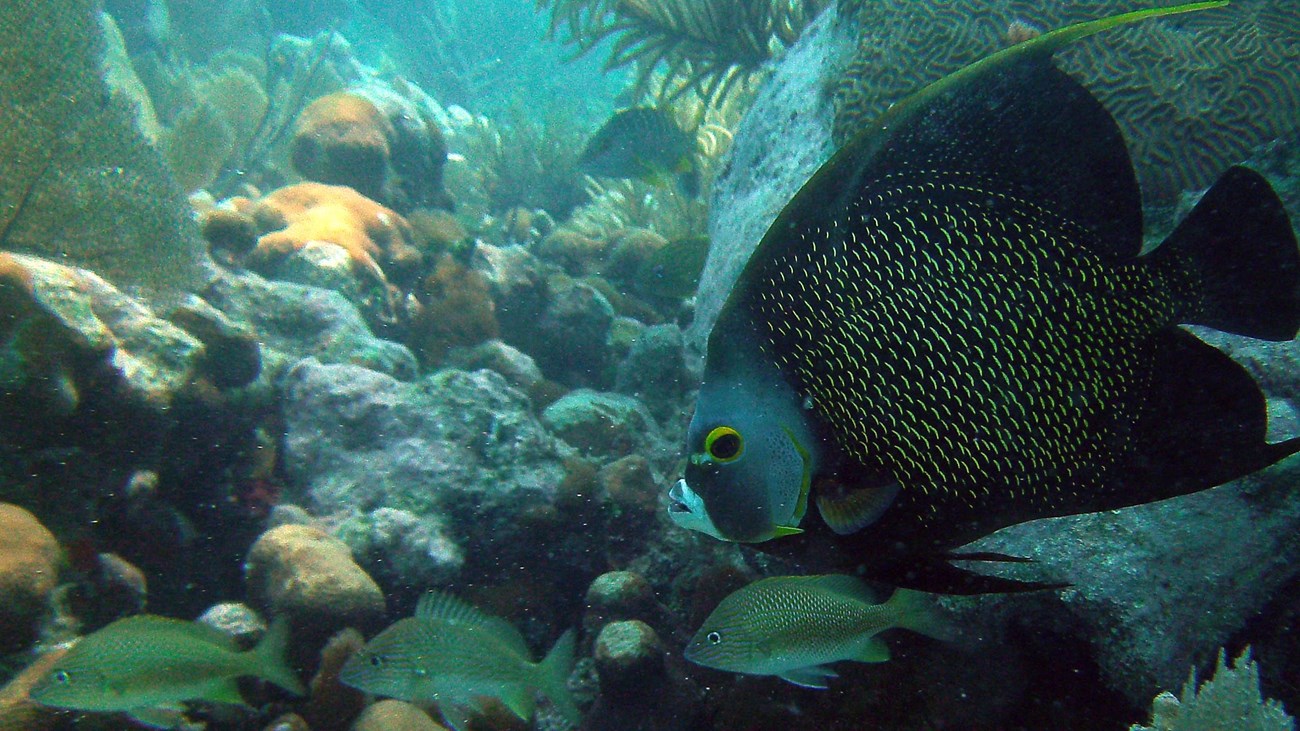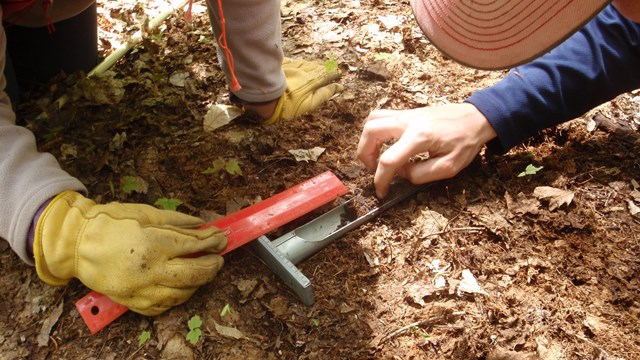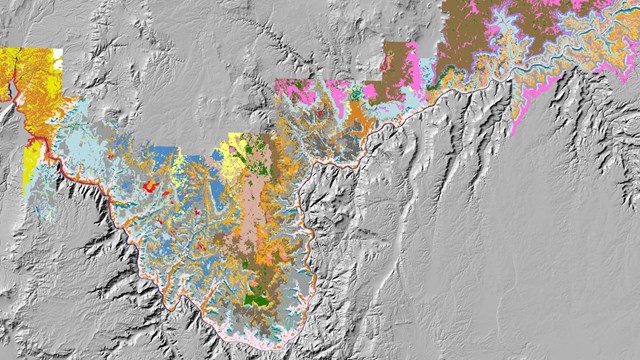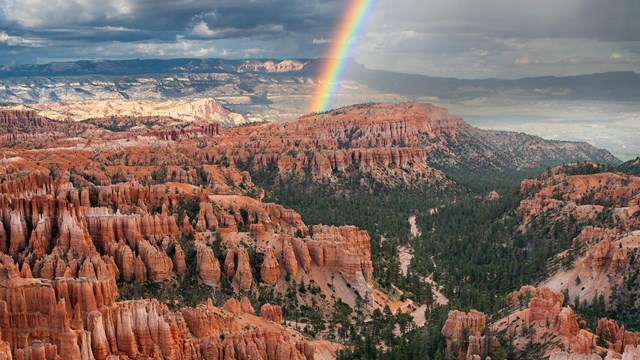In order to care, you need to know what's there!
Part of the National Park Service's mission is to preserve our parks' natural heritage unimpaired for future generations. But to do that, park managers need a lot of information. First and foremost, they need to know which natural resources—for example, plants, animals, rock formations, or water bodies—are present in the parks. Next, they need to know where those resources are, how many there are, and what condition they’re in.
Natural resource inventories help us answer fundamental questions about the presence, distribution, and condition of natural resources. They involve collecting data in a given area over a set period of time. And while they can help us understand how a park resource is faring, they're not designed to detect change over time. That’s where monitoring comes in.

Species inventories aims to provide parks with the data they need to make science-based management decisions.

When our program started, we identified 12 basic inventories to help us understand what resources existed in our parks.

Classifying, describing, and mapping vegetation communities in more than 270 national parks.

The Geologic Resource Inventory strives to advance science-based management of natural resources in the national parks.
Inventory Highlights
Last updated: September 26, 2024
